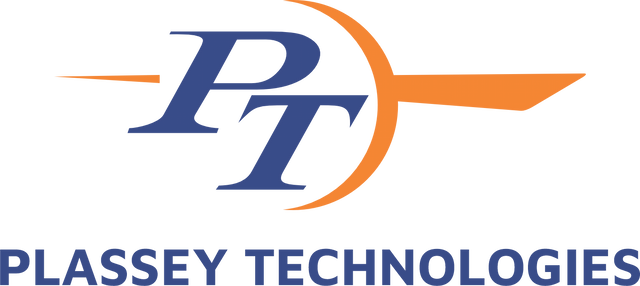


In the realm of modern marketing, two dominant forces reign supreme; traditional marketing and digital marketing. While both aim to captivate audiences and drive business growth, they operate in distinct realms with unique strategies and methodologies. Let's delve into the difference between traditional marketing and digital marketing to understand their impact on today's marketing landscape.
Traditional marketing encompasses the time-tested methods that have long been the cornerstone of advertising. From print ads gracing the pages of magazines to television commercials captivating audiences during prime time, traditional marketing relies on offline channels to disseminate brand messaging. Its effectiveness lies in its ability to reach broad audiences through familiar mediums.
In contrast, digital marketing represents the evolution of advertising in the digital age. Harnessing the power of the internet and technology, digital marketing leverages online channels to engage with consumers in a dynamic and interactive manner. From targeted social media campaigns to search engine optimization (SEO) strategies that boost online visibility, digital marketing offers unprecedented opportunities for brands to connect with their target audience.
Reach and Targeting: Traditional marketing casts a wide net, aiming to reach mass audiences through broad channels such as television, radio, and print media. In contrast, digital marketing enables precise targeting, allowing brands to tailor their messaging to specific demographics, interests, and behaviors.
Cost Effectiveness: Traditional marketing campaigns often come with significant production and distribution costs, making them less cost-effective compared to their digital counterparts. Digital marketing offers more budget-friendly options, with the ability to track and optimize campaigns for maximum ROI.
Measurement and Analytics: Digital marketing shines in its ability to provide comprehensive measurement and analytics data, allowing marketers to track campaign performance in real-time. Traditional marketing methods, such as print ads and billboards, lack the same level of insight into audience engagement and conversion metrics.
Interactivity and Engagement: Digital marketing fosters interactivity and engagement, allowing brands to interact with consumers through social media, email marketing, and interactive website experiences. Traditional marketing channels often lack this two-way communication, relying on one-way messaging to convey brand information.
Flexibility and Adaptability: Digital marketing offers greater flexibility and adaptability, allowing marketers to adjust campaigns on the fly based on real-time data and feedback. Traditional marketing methods typically have longer lead times and fixed formats, making it challenging to pivot quickly in response to changing market conditions.
In today's digital age, understanding the difference between traditional marketing and digital marketing is essential for marketers seeking to navigate the ever-changing landscape of consumer engagement. By recognizing the strengths and weaknesses of each approach, brands can develop integrated marketing strategies that leverage the best of both worlds.
Whether it's crafting compelling television commercials to build brand awareness or launching targeted digital ad campaigns to drive conversions, the key lies in finding the right balance between traditional and digital marketing tactics. By doing so, brands can effectively reach and engage with their target audience across a variety of channels, ultimately driving business success in the digital era.